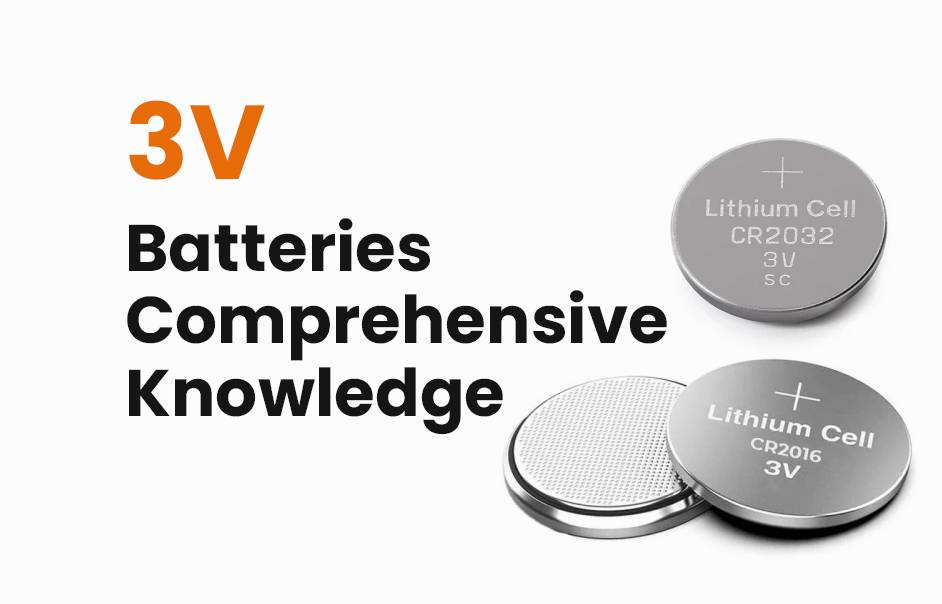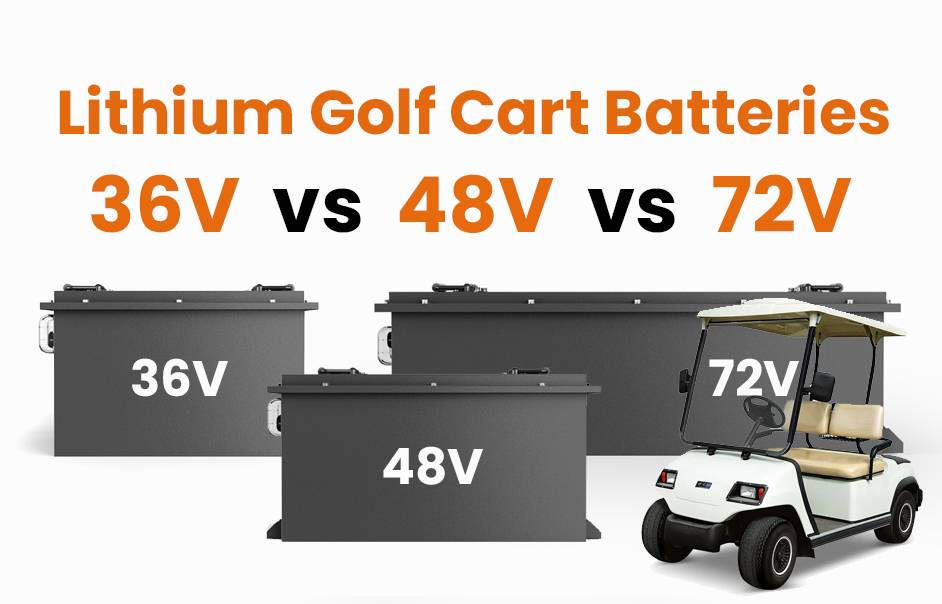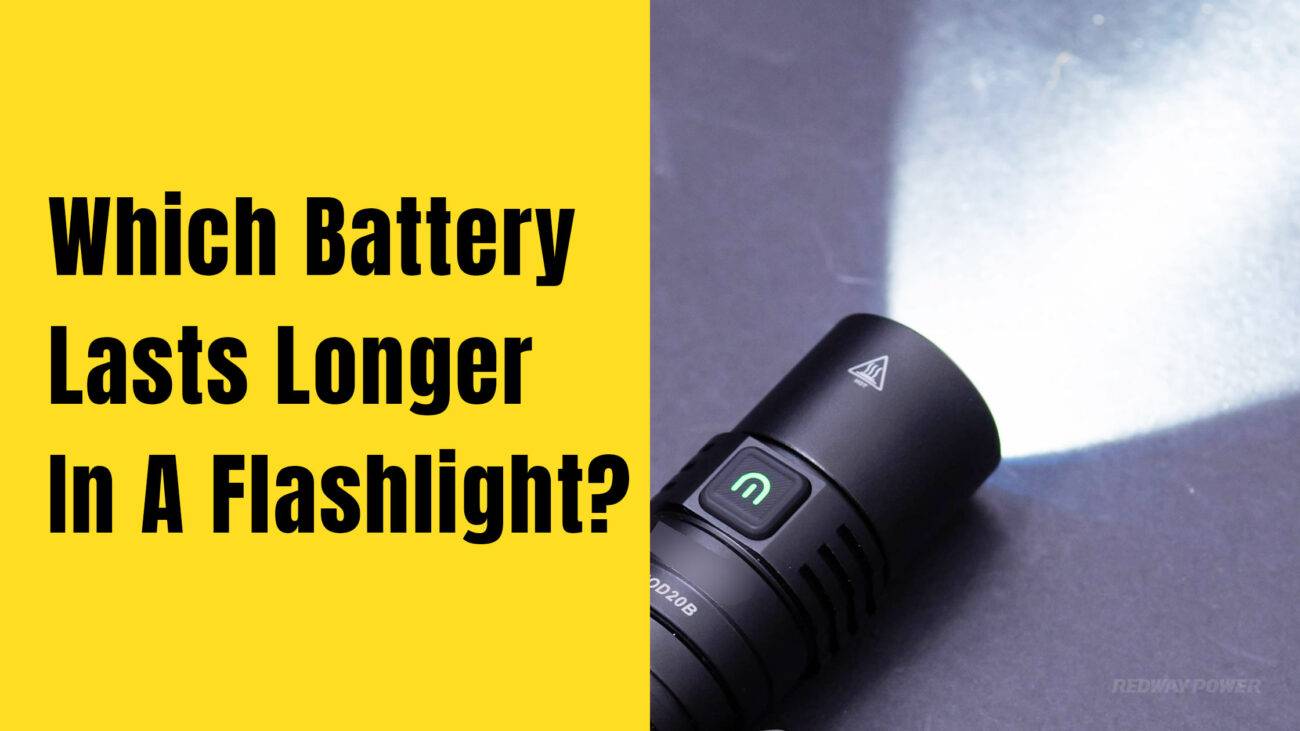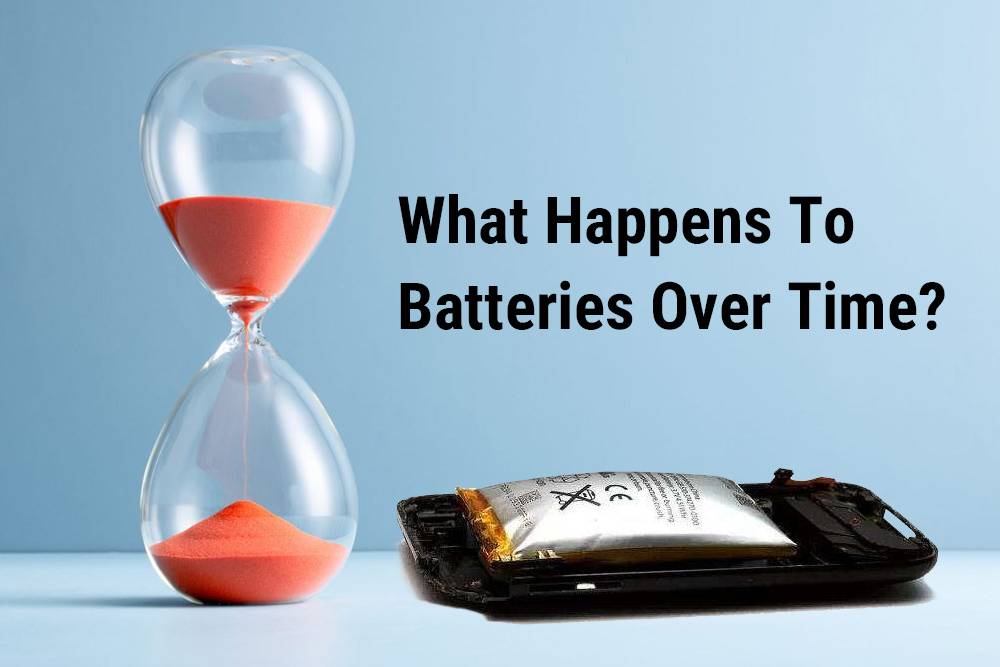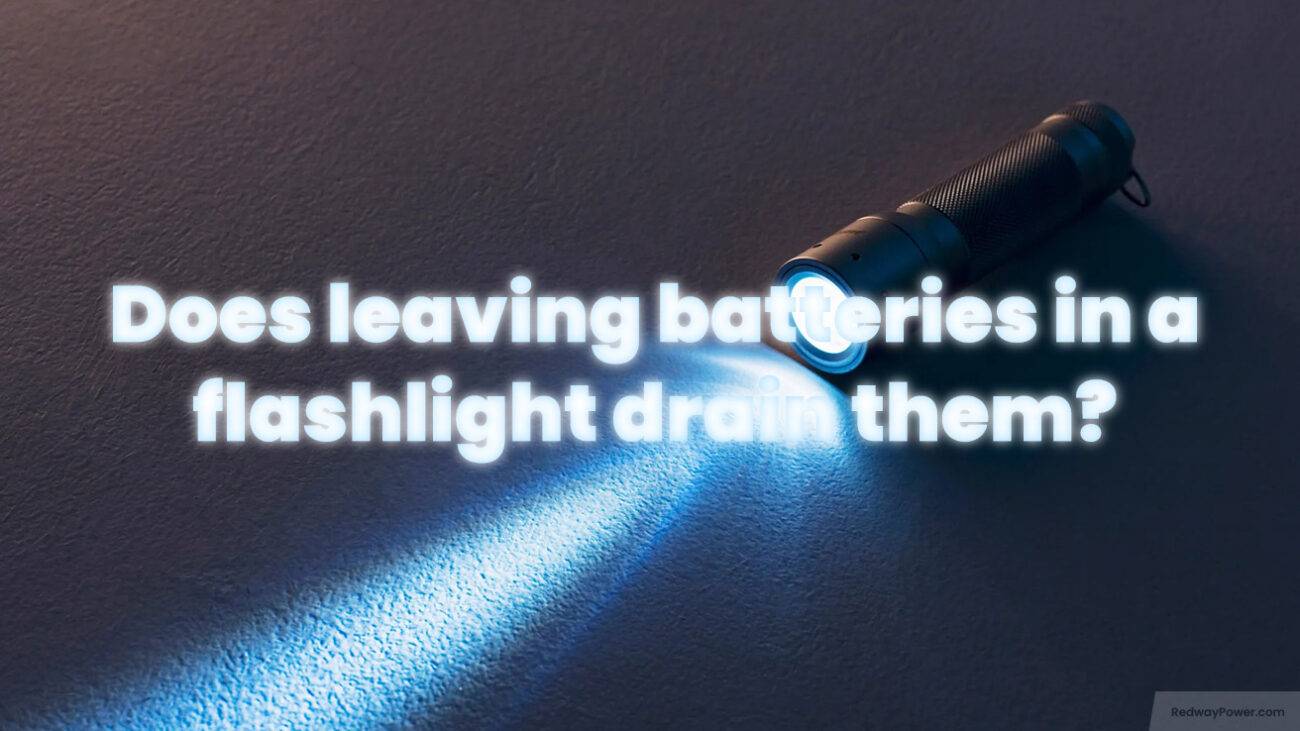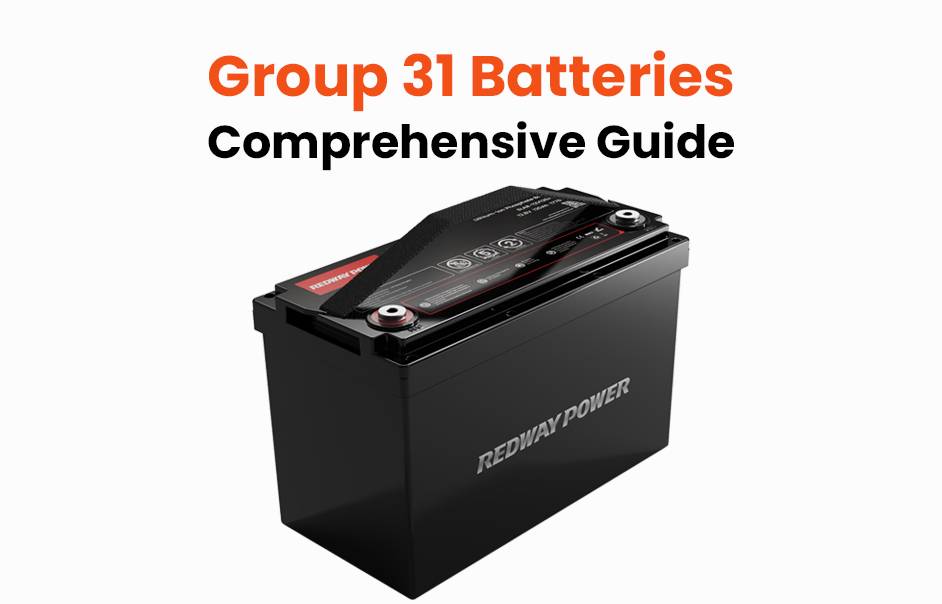
Blog
How long can you leave batteries in a flashlight?

The duration you can leave batteries in a flashlight depends on battery type, usage frequency, and storage conditions. Generally, it is advisable to remove batteries if the flashlight will not be used for an extended period, especially with alkaline batteries that may leak over time.
How Long Do Flashlight Batteries Last?
The lifespan of flashlight batteries varies widely based on their type and usage patterns. For example:
- Alkaline batteries typically last between 1 to 7 hours depending on the flashlight’s brightness setting.
- Lithium-ion batteries, such as the popular 18650, can last significantly longer, often providing up to 650 hours of runtime under optimal conditions.
Chart: Average Lifespan of Different Battery Types
| Battery Type | Average Lifespan (Hours) |
|---|---|
| Alkaline | 1 – 7 |
| Lithium-ion (18650) | Up to 650 |
| Zinc Chloride | ~55 |
What Is the Average Battery Life of Flashlights?
On average, LED flashlights equipped with lithium-ion batteries can operate effectively for several hours:
- Low settings may allow for operation up to 120 days.
- High settings typically range from 1.5 to 7 hours, depending on the output lumens.
Chart: LED Flashlight Runtime by Setting
| Brightness Setting | Runtime (Hours) |
|---|---|
| Low | Up to 120 days |
| Medium | 5 – 15 |
| High | 1.5 – 7 |
How to Maximize the Battery Life of Your Flashlight?
To extend your flashlight’s battery life:
- Use lower brightness settings whenever possible.
- Remove batteries if the flashlight will not be used for an extended period.
- Store flashlights in a cool, dry place away from extreme temperatures.
Chart: Tips for Maximizing Battery Life
| Tip | Description |
|---|---|
| Lower Settings | Use eco or low modes |
| Remove When Not Used | Prevent leakage by removing batteries |
| Proper Storage | Keep in cool, dry locations |
Is It Safe to Store Batteries in Flashlights Longterm?
Storing batteries in flashlights long-term can be risky, especially with alkaline types that may leak and corrode contacts. Lithium-ion batteries are less prone to leakage but should still be monitored periodically.
Chart: Safety Considerations for Storing Batteries
| Battery Type | Safety Consideration |
|---|---|
| Alkaline | Risk of leakage; remove if unused |
| Lithium-ion | Less likely to leak; check periodically |
How Often Do You Need to Recharge Unused Batteries?
For rechargeable lithium-ion batteries, it is recommended to recharge them every few months even if not in use. This helps maintain optimal performance and prevents deep discharge, which can damage battery cells.
What Happens If You Leave Batteries in a Flashlight for Too Long?
Leaving batteries in a flashlight for extended periods can lead to leakage or corrosion, particularly with alkaline batteries. Lithium-ion batteries may self-discharge but are less likely to cause damage if stored correctly.
Chart: Consequences of Leaving Batteries In
| Duration Left In | Potential Issue |
|---|---|
| Short Term | Minimal impact |
| Extended Period | Risk of leakage and corrosion |
What Are the Signs That Your Flashlight Batteries Need Replacement?
Signs that indicate your flashlight batteries may need replacement include:
- Dimming light output.
- Flickering or inconsistent brightness.
- The flashlight fails to turn on despite having fresh batteries installed.
Expert Views
“Understanding how long you can leave batteries in a flashlight is crucial for both safety and performance,” states battery expert Dr. Emily Carter. “Regular maintenance and proper storage practices can significantly extend battery life and prevent damage.”
FAQ Section
- Can I leave rechargeable batteries in my flashlight?
It’s best to remove them if not used frequently; check them periodically. - What type of battery lasts longest in flashlights?
Lithium-ion batteries generally provide longer runtimes compared to alkaline. - How can I tell if my flashlight needs new batteries?
Look for dimming light or flickering; these are signs that replacement is needed.




